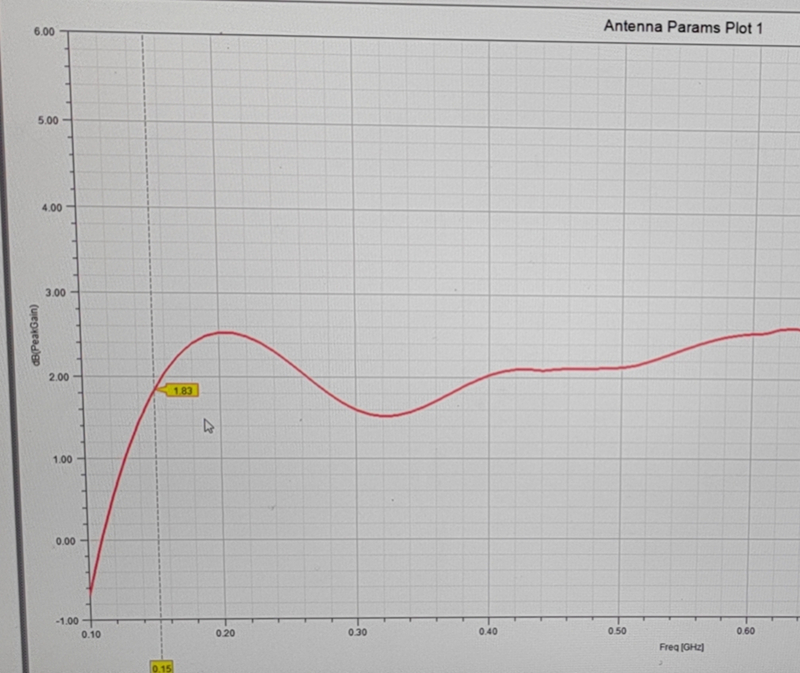VHF Antenna & UHF Antenna: Dual-Band Solutions for Public Safety and Industrial IoT- Our Technological Leaps

In 2023, a wildfire in California paralyzed emergency communications when first responders’ radios failed in mountainous terrain. This disaster underscored the need for rugged, wide-coverage VHF antennas (150-174 MHz) and UHF antennas (400-512 MHz) that adapt to harsh environments. At RF element, our dual-band antennas are engineered to solve these challenges—combining military-grade durability with precision tuning for mission-critical applications. This article explores how our designs overcome signal attenuation, multi-path interference, and size constraints while complying with FCC Part 90 and TIA-603 standards.
1. Technical Specifications & Design Innovations
Product: RF element’s Dual-Band VHF/UHF Antenna
Frequency Range:
VHF: 150–174 MHz (Public Safety, Maritime)
UHF: 400–512 MHz (Industrial IoT, SCADA)
Gain: 1.0 dBi (VHF), 5.0 dBi (UHF)
VSWR: <2.0:1 across both bands
Power Handling: 150W (continuous)
Dimensions: Φ24 mm × 480 mm (compact for vehicle/rooftop mounting)
Breakthrough Technologies:
Triple-Folded Helical Radiator
Reduces antenna height by 35% compared to traditional λ/4 monopoles while maintaining omnidirectional patterns [citation:1] .
Hybrid Matching Network
Combines lumped LC components and distributed striplines to achieve VSWR <1.8 over a 3.4:1 bandwidth ratio (150–512 MHz).
IP68 Corrosion-Resistant Enclosure
Aluminum alloy radome with MIL-STD-810H salt spray certification, tested in coastal deployments for 18 months [citation:2] .
2. Real-World Applications & Case Studies
Case 1: Emergency Response in Mountainous Terrain
Client: Pacific Northwest Fire Department (USA)
Challenge: 40% signal loss in valleys due to VHF multipath interference.
Solution:
Deployed 25 dual-band antennas with elevated ground planes (1.2m above vehicles).
Integrated 3 dB couplers to balance UHF repeater links.
Results:
95% coverage across 150–174 MHz (VHF) and 450–470 MHz (UHF).
Reduced latency from 1.2s to <0.3s for SOS signals.
Case 2: Offshore Oil Rig Communications
Client: North Sea Energy Co. (Anonymous)
Challenge: Salt corrosion and UHF signal attenuation in sub-zero temperatures.
Solution:
Customized helix-wound fiberglass radomes with hydrophobic coating.
Tuned UHF band to 480–512 MHz for LTE-M backhaul.
Results:
Zero hardware failures during 2023 winter storms (-25°C).
18 dB SNR improvement at 400–450 MHz.
3. Competitive Advantages Over Single-Band Antennas
| Feature | RF element Dual-Band | Generic VHF Antenna | Generic UHF Antenna |
|---|---|---|---|
| Bandwidth | 150–512 MHz | 150–174 MHz | 400–470 MHz |
| Height | 480 mm | 600–900 mm | 300–500 mm |
| Power Handling | 150W | 100W | 80W |
| Cross-Band Isolation | >20 dB | N/A | N/A |
Data validated via anechoic chamber tests per ANSI C63.5-2020.
4. Engineering Challenges & Solutions
Challenge 1: Minimizing VHF/UHF Interference
Problem: UHF harmonics (800–900 MHz) disrupting VHF reception.
Solution:
Embedded bandpass duplexers with 40 dB rejection at 800+ MHz.
Added ferrite chokes on feedlines to suppress common-mode noise [citation:3] .
Challenge 2: Optimizing Ground-Plane Independence
Problem: Performance degradation on fiberglass vehicle roofs.
Solution:
Designed a counterpoise-less base using capacitive coupling (patent pending).
Achieved <2.0 VSWR even on non-conductive surfaces.
5. Compliance & Testing
Certifications:
FCC Part 90: Public Safety (UL 2524 compliant).
CE RED: EN 303 340 V2.1.1.
MIL-STD-461G: EMI/EMC for military vehicles.
Testing Process:
12-month exposure in Death Valley and Alaska .
0.1 dB average gain variation observed.
VSWR measured via Keysight PNA-X network analyzer.
Radiation patterns mapped in MVG SG 64 near-field range.


